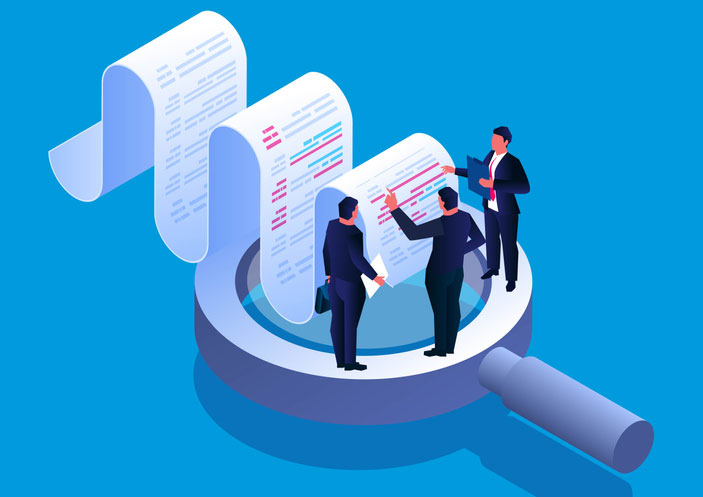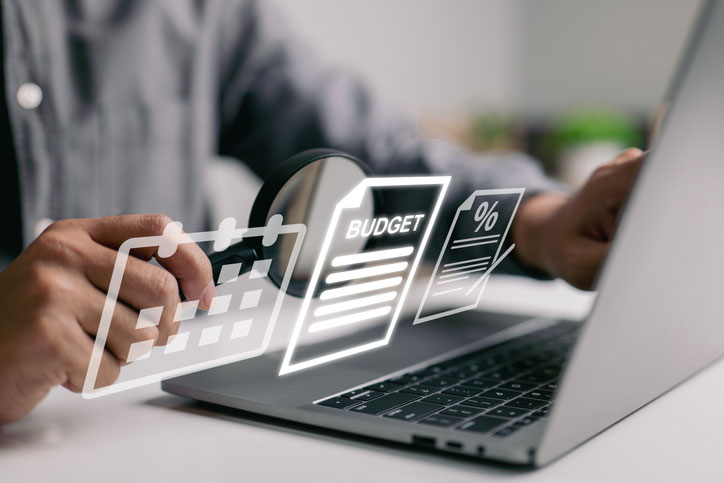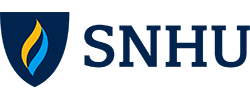
As the old saying goes, it takes money to make money. But for organizations of all types and sizes, this principle isn’t as straightforward as it seems. What if consumer demand outpaces an organization’s ability to supply? What if new technologies force a business to change their strategy? And when an inevitable emergency arises, can a business survive financially?
A cost accountant specializes in answering these types of questions. However, their duties extend far beyond saying, “Here’s what we spent and how we spent it.” They’re strategists, policymakers, and budgetary brainstorming behemoths who lay the groundwork for record-breaking profits.
The Role of a Cost Accountant
In most organizations, cost accountants handle anything to do with spending, budgeting, and the cost of doing business. Many work for government organizations and large corporations. Some work for public accounting firms or even run their own independent practices. Small and mid-size businesses who don’t have robust accounting departments typically go to these types of companies for one-time, recurring, or long-term accounting services.
A cost accountant’s duties typically include:
- Determining fixed and variable costs. Fixed costs are recurring costs like rent, vendor fees, insurance, and other forms of overhead. Variable costs include costs that change frequently like commissions, materials, labor, and maintenance.
- Setting cost standards. Based on historical data about an organization, cost accountants can help executives determine what their typical future costs will look like.
- Creating budget dispersal plans. Accountants can help executives determine how much money should be dedicated to each department.
- Evaluating potential business ventures and activities. Increasing marketing efforts or acquiring a competitor may be profitable, but it may also come with costs. Accountants can break down sometimes hidden costs and help executives decide if their strategies are worth it.
- Performing cost audits. After cost standards and policies have been established, audits ensure that they’re accurate and being followed.
- Establishing pricing guidelines. Pricing is influenced by the costs of production, marketing, and how likely consumers are to purchase the product at that price point. Cost accountants use concrete data to set the most profitable and realistic prices.
- Performing cost-benefit analyses. All current, future, and past operations need to be evaluated to determine if they’re the best, most efficient methods.
- Presenting their data to stakeholders. Cost accountants handle vast amounts of complex data. They’re often responsible for presenting it in a way their colleagues can make sense of and use.
To carry out these duties and monitor ongoing costs, cost accountants frequently use automated software. However, it takes a skilled eye to ensure software is running accurately or to make sense of new and future trends.
Cost Accounting Theories and Methods
Depending on an organization’s goals, cost can be evaluated through different lenses. Large companies may need multiple perspectives to get the full picture. To do this, cost accountants must be able to apply different methods and theories to the data they collect.

Some of the most widely-used cost accounting methods include:
- Standard Costing. Instead of assigning different variable costs to each facet of production (labor, material, overhead, etc.), an accountant might assign an average cost. This can make it easier to set prices and budget. Standard costing is popular amongst small and medium-size companies for its simplicity. However, variances from average costs should still be noted.
- Activity-based Costing. An accountant may want to assign certain overhead costs to specific products or provided services. For instance, if a company makes 100 shirts and spends $100 on fabric and $100 on electricity every month, they can determine that each shirt costs $1 in fabric and $1 in electricity to make. This can be helpful in determining which products cost the most to produce so leaders can scale and price items accordingly.
- Cost-Volume-Profit (CVP) Analysis. Also called Marginal Analysis, CVP analysis is measuring the impact of introducing one more unit into the production process. This can be helpful in determining if increasing production is truly feasible and profitable.
- Lean Accounting. Lean accounting puts emphasis on the value stream which is everything done to deliver value to customers (product development, production, shipping, etc.). Through this lens, managers and accountants seek to reduce waste in their production processes as opposed to simply reducing costs.
- Throughput Accounting. Throughput is defined as how many products can be produced in a certain amount of time. While not strictly focused on costs, measuring throughput can be used to identify bottlenecks, inefficiencies, and reasons for elevated costs and lowered profits.
Different types of organizations may require different cost accounting methods. For instance, a boutique clothing manufacturer may want a standard costing model because they only make specific things on a small scale using materials from the same vendors. On the other hand, a much larger manufacturer might want a CVP analysis done to see if they can slightly increase production across multiple factories to create more profits with minimal adjustments.
Education Required
Because cost accounting is typically used for a company’s own internal purposes, most cost accountants aren’t legally required to have a certain level of education. But given the complexity and importance of the field, many employers require cost accountants to have, at minimum, a bachelor’s degree in accounting, finance, or a related field.
As you earn your undergraduate degree in accounting, you’ll likely take classes that prepare you for a career in cost accounting like:
- Auditing
- Managerial accounting
- Financial management
- Management and organizational theory
Cost accountants are frequently involved in day-to-day logistics so you may want to pursue a minor in business administration, computer science, data science, or even mathematics. With this background, you might qualify for entry-level positions in the field.
But if you’re looking for higher-level roles, you may want to consider earning a Master’s in Accounting. At this level, you can find many programs specifically dedicated to cost accounting. Many Master’s programs also offer concentrations in finance, analytics, auditing, and investment — all of which could provide industry-specific educational and internship opportunities.
Certifications and Associations
Almost any type of accountant can benefit from pursuing professional certifications. In the world of cost accounting, two certifications can expand your earning potential and professional prowess.
Certified Public Accountant
Many organizations require their high-level accountants to hold the Certified Public Accountant (CPA) certification. CPAs are highly regarded in their industry because of their dedication to a strict ethical code and ability to practice with an exceptional attention to detail.
The CPA certification is offered by the American Institute of Certified Public Accountants (AICPA). To become a CPA, you must:
- Have a bachelor’s degree add complete 150 hours of education.
- Pass the Uniform CPA Exam.
- Have worked in accounting, often for one or two years.
- Gain licensure in your state.
Though the CPA exam is the same for everyone, each state imposes different experience and educational requirements on CPA candidates. Be sure to check with your state’s board of accountancy to see if you qualify.
Certified Cost Accountant
As flexible and respected as the CPA certification is, you may also want to become a Certified Management Accountant (CMC) through the Institute of Management Accountants (IMA)
To become a CMA, candidates must:
- Join the IMA and enroll in the CMA program.
- Pass the two-part CMA exam.
- Meet the organization’s educational and professional experience requirements.
While the initial test ensures CMAs have a strong foundation, professional development requirements keep IMA members up-to-date on the latest cost accounting theories, methods, and technologies.
Salary
Cost accountants are integral to keeping their organizations afloat. Fortunately, salary potential seems to reflect this critical responsibility.
The US Bureau of Labor Statistics reports that the median annual income for all types of accountants is $77,250 as of their May 2021 survey. However, top earners sometimes bring home upwards of $128,970.

According to the BLS, the top-paying industries for accountants by annual mean salary include:
- Media streaming services and content providers: $144,780
- Drinking places (bars and other places that serve alcoholic beverages): $134,270
- Computer and computer peripheral manufacturing: $124,180
- Information services (web search portals, archives, etc.): $121,930
- Software publishers: $115,400
In these industries and more, cost accountants often serve as consultants, operations specialists, and managers in addition to providing accounting services. So while salary potential relies heavily on experience, education, and industry, cost accountants are frequently poised to exceed median wage expectations.
U.S. Bureau of Labor Statistics salary and labor market information for Accountants and Auditors is based on national data, not school-specific information. Conditions in your area may vary. Data accessed May 2023.






